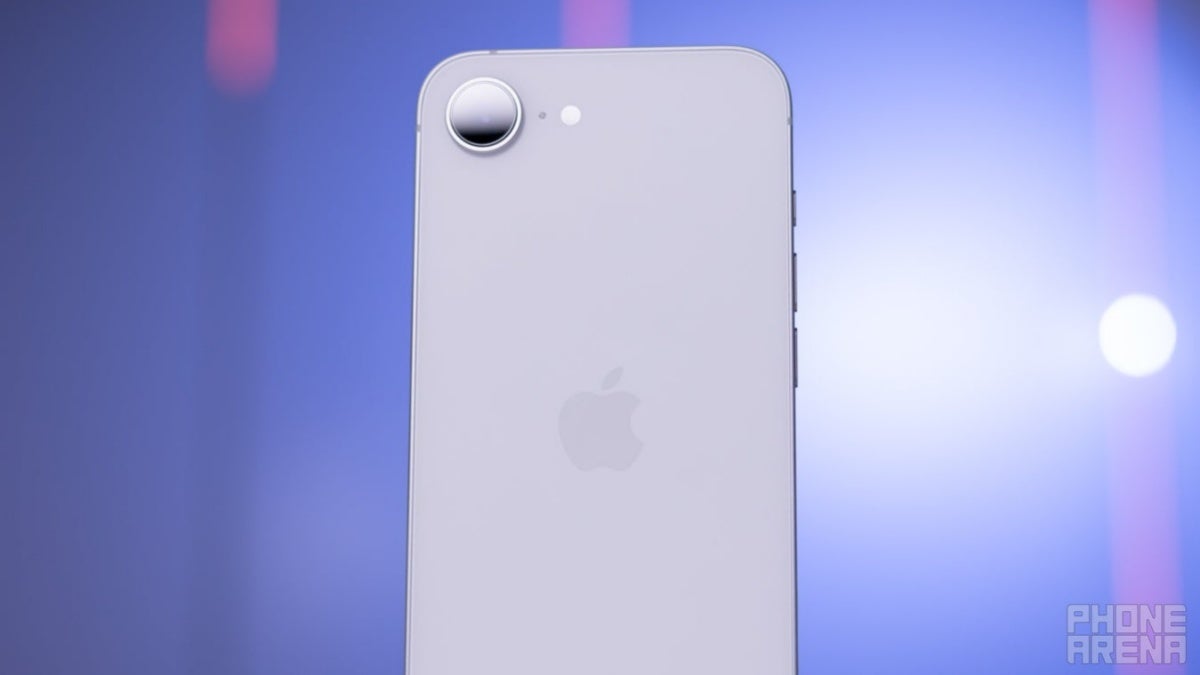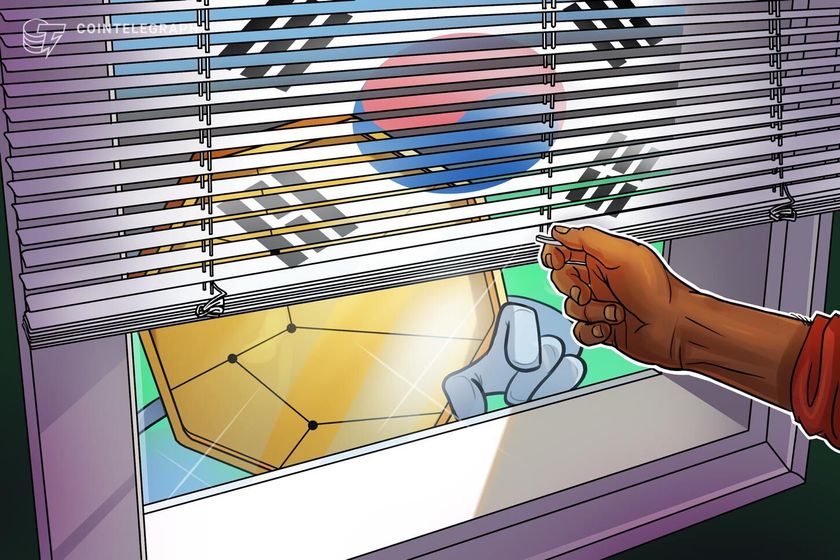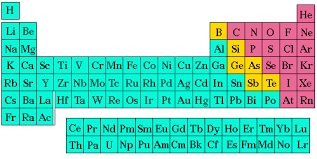The Moon’s Slow Escape Is Reshaping Time on Earth
Article courtesy: SoftpageCMS.com Days start to stretch longer, seasons wobble unpredictably, and the rhythm of life feels just a touch out of sync – such is the slow, cosmic reality unfolding as our Moon drifts away from us, centimetre by centimetre, reshaping time itself. At a rate of roughly 3.82 centimetres per year, this lunar retreat might seem trivial, but over billions of years, it’s poised to rewrite the very fabric of our planet’s existence. The culprit? A gravitational dance between Earth and its only natural satellite, driven by tidal forces. As the Moon’s pull tugs at Earth’s oceans, it creates bulging tides. But Earth’s rotation, spinning faster than the Moon orbits, drags these tidal bulges slightly ahead. The result is a gravitational tug-of-war: the bulge yanks the Moon forward, boosting its orbit and nudging it further away. In return, the Moon’s pull acts like a brake on Earth’s spin, gradually slowing our planet’s rotation. It’s a cosmic trade-off that’s been playing out for 4.5 billion years. This slow-motion drama has already left its mark. Back when the Moon was closer, freshly formed in the violent aftermath of a collision between Earth and a Mars-sized body, days zipped by in just five hours. Over aeons, the Moon’s braking effect has stretched our days to the familiar 24-hour cycle we know today, a process meticulously tracked by scientists studying ancient corals and their daily growth bands. These natural timekeepers reveal that days are lengthening by about 1.7 milliseconds every century—a change so subtle it’s imperceptible in a lifetime but monumental over geological spans. To measure this lunar creep, scientists have turned to ingenious methods. During the Apollo missions, astronauts left retroreflectors on the Moon, mirrors that bounce laser beams back to Earth with pinpoint accuracy. By timing these beams, researchers calculate the Moon’s distance to within millimetres, confirming its steady retreat. “It’s remarkable how such a small shift—less than four centimetres a year—can have such profound effects over time,” says Dr Maggie Aderin-Pocock, a renowned space scientist. She likens Earth’s rotation to a spinning plate balanced on a stick: keep it fast, and it stays stable; let it slow, and it risks a catastrophic wobble. That wobble is where things get unsettling. As Earth’s rotation slows, its stability could falter, potentially disrupting the delicate balance of seasonal cycles. A wobbling planet might mean erratic weather patterns, challenging ecosystems and the creatures that depend on them. “Most animals can’t adapt quickly enough to rapid changes,” Aderin-Pocock notes. “If seasons become unstable, migration and hibernation patterns could collapse.” The good news? These changes are unfolding over millions, if not billions, of years—far beyond human lifespans. But the Moon’s drift isn’t just a story of loss; it’s a window into Earth’s deep history and future. Its retreat ties into broader cosmic phenomena, like the faint possibility of time dilation explored in Einstein’s theories, where speed and gravity bend our experience of time. While we’re not zipping through space fast enough for sci-fi-style time travel, astronauts on the International Space Station already experience a sliver of this effect, ageing fractionally slower than their Earth-bound twins due to their orbital velocity. The Moon’s slow escape also prompts bigger questions about our place in the cosmos. Could its drift inspire new ways to harness lunar resources, like those being eyed for future moon bases? Or might it force us to rethink how we protect Earth’s environment as we clutter space with satellites and debris, risking the chaos of Kessler syndrome? For now, the Moon remains a quiet sentinel, its silvery glow a reminder of a bond that’s loosening, ever so slightly, with each passing year. As we gaze at the night sky, it’s humbling to think that this familiar orb is slipping away, reshaping time in ways our ancestors could never have imagined. It’s a slow farewell, but one that underscores the delicate interplay of forces holding our world together. For now, we can marvel at the Moon’s beauty—and rest easy knowing its greatest impacts are still aeons away. We’d love your comments on today’s topic! For more articles like this one, click here. Thought for the day: “Relying on the government to protect your privacy is like asking a peeping tom to install your window blinds.” John Perry Barlow

Article courtesy: SoftpageCMS.com
Days start to stretch longer, seasons wobble unpredictably, and the rhythm of life feels just a touch out of sync – such is the slow, cosmic reality unfolding as our Moon drifts away from us, centimetre by centimetre, reshaping time itself. At a rate of roughly 3.82 centimetres per year, this lunar retreat might seem trivial, but over billions of years, it’s poised to rewrite the very fabric of our planet’s existence.
The culprit? A gravitational dance between Earth and its only natural satellite, driven by tidal forces. As the Moon’s pull tugs at Earth’s oceans, it creates bulging tides. But Earth’s rotation, spinning faster than the Moon orbits, drags these tidal bulges slightly ahead. The result is a gravitational tug-of-war: the bulge yanks the Moon forward, boosting its orbit and nudging it further away. In return, the Moon’s pull acts like a brake on Earth’s spin, gradually slowing our planet’s rotation. It’s a cosmic trade-off that’s been playing out for 4.5 billion years.
This slow-motion drama has already left its mark. Back when the Moon was closer, freshly formed in the violent aftermath of a collision between Earth and a Mars-sized body, days zipped by in just five hours. Over aeons, the Moon’s braking effect has stretched our days to the familiar 24-hour cycle we know today, a process meticulously tracked by scientists studying ancient corals and their daily growth bands. These natural timekeepers reveal that days are lengthening by about 1.7 milliseconds every century—a change so subtle it’s imperceptible in a lifetime but monumental over geological spans.
To measure this lunar creep, scientists have turned to ingenious methods. During the Apollo missions, astronauts left retroreflectors on the Moon, mirrors that bounce laser beams back to Earth with pinpoint accuracy. By timing these beams, researchers calculate the Moon’s distance to within millimetres, confirming its steady retreat. “It’s remarkable how such a small shift—less than four centimetres a year—can have such profound effects over time,” says Dr Maggie Aderin-Pocock, a renowned space scientist. She likens Earth’s rotation to a spinning plate balanced on a stick: keep it fast, and it stays stable; let it slow, and it risks a catastrophic wobble.
That wobble is where things get unsettling. As Earth’s rotation slows, its stability could falter, potentially disrupting the delicate balance of seasonal cycles. A wobbling planet might mean erratic weather patterns, challenging ecosystems and the creatures that depend on them. “Most animals can’t adapt quickly enough to rapid changes,” Aderin-Pocock notes. “If seasons become unstable, migration and hibernation patterns could collapse.” The good news? These changes are unfolding over millions, if not billions, of years—far beyond human lifespans.
But the Moon’s drift isn’t just a story of loss; it’s a window into Earth’s deep history and future. Its retreat ties into broader cosmic phenomena, like the faint possibility of time dilation explored in Einstein’s theories, where speed and gravity bend our experience of time. While we’re not zipping through space fast enough for sci-fi-style time travel, astronauts on the International Space Station already experience a sliver of this effect, ageing fractionally slower than their Earth-bound twins due to their orbital velocity.
The Moon’s slow escape also prompts bigger questions about our place in the cosmos. Could its drift inspire new ways to harness lunar resources, like those being eyed for future moon bases? Or might it force us to rethink how we protect Earth’s environment as we clutter space with satellites and debris, risking the chaos of Kessler syndrome? For now, the Moon remains a quiet sentinel, its silvery glow a reminder of a bond that’s loosening, ever so slightly, with each passing year.
As we gaze at the night sky, it’s humbling to think that this familiar orb is slipping away, reshaping time in ways our ancestors could never have imagined. It’s a slow farewell, but one that underscores the delicate interplay of forces holding our world together. For now, we can marvel at the Moon’s beauty—and rest easy knowing its greatest impacts are still aeons away.
We’d love your comments on today’s topic!
For more articles like this one, click here.
Thought for the day:
“Relying on the government to protect your privacy is like asking a peeping tom to install your window blinds.” John Perry Barlow












































































































































































![[The AI Show Episode 143]: ChatGPT Revenue Surge, New AGI Timelines, Amazon’s AI Agent, Claude for Education, Model Context Protocol & LLMs Pass the Turing Test](https://www.marketingaiinstitute.com/hubfs/ep%20143%20cover.png)












































































































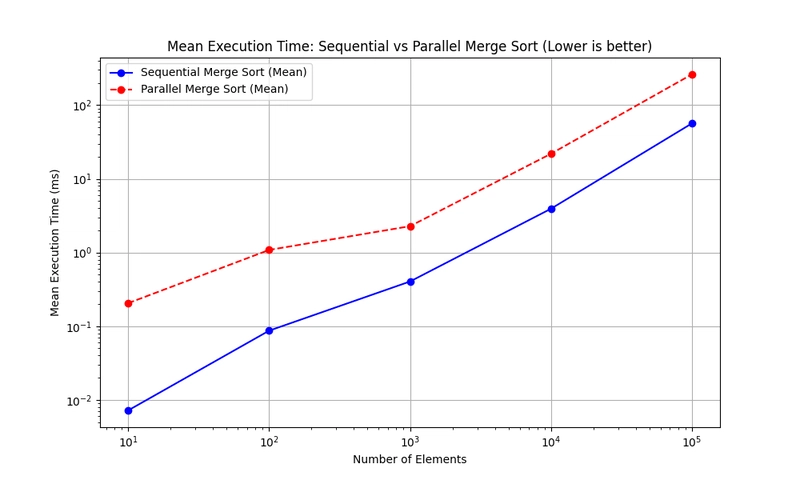























































































































.png?#)





































.webp?#)
.webp?#)





















































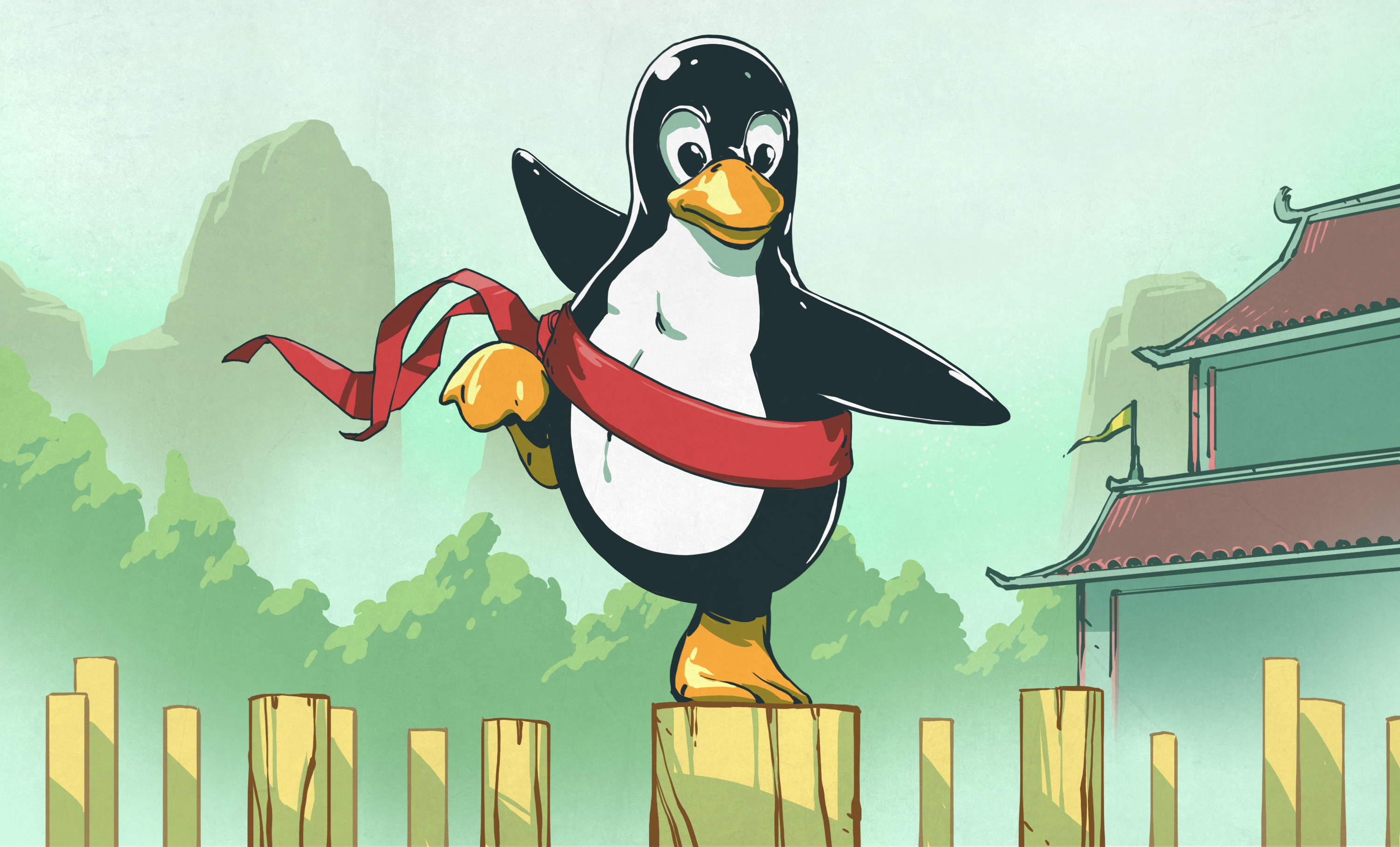





































![What’s new in Android’s April 2025 Google System Updates [U: 4/14]](https://i0.wp.com/9to5google.com/wp-content/uploads/sites/4/2025/01/google-play-services-3.jpg?resize=1200%2C628&quality=82&strip=all&ssl=1)

![Gemini will come to Wear OS as an app update [APK Insight]](https://i0.wp.com/9to5google.com/wp-content/uploads/sites/4/2023/01/Google-Assistant-Wear-OS-Play-Store.jpg?resize=1200%2C628&quality=82&strip=all&ssl=1)









![Apple Seeds tvOS 18.5 Beta 2 to Developers [Download]](https://www.iclarified.com/images/news/97011/97011/97011-640.jpg)
![Apple Releases macOS Sequoia 15.5 Beta 2 to Developers [Download]](https://www.iclarified.com/images/news/97014/97014/97014-640.jpg)




















































